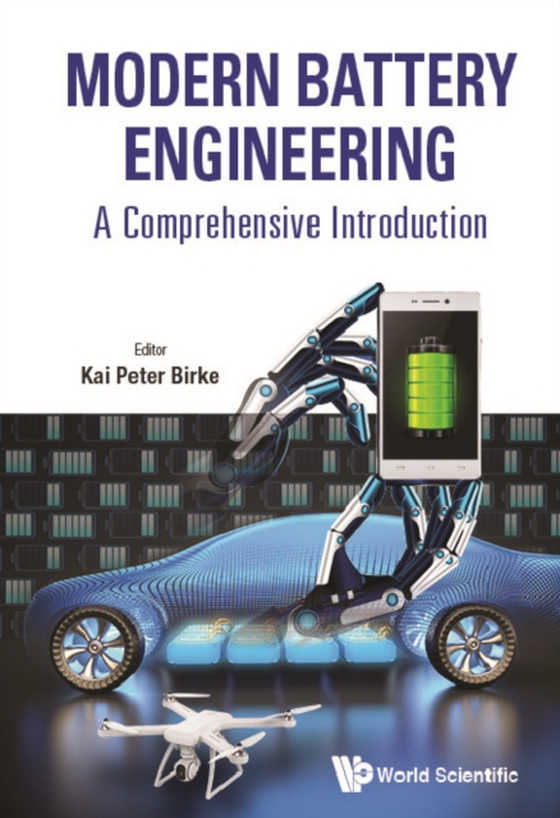
Modern Battery Engineering: A Comprehensive Introduction e-bog
348,37 DKK
(inkl. moms 435,46 DKK)
'This is a book primarily for engineers and materials scientists either researching or developing Li-ion energy storage batteries who want to understand some of the critical aspects of Li-ion battery technology and gain knowledge about the latest engineering designs and latest materials being used in Li-ion batteries. Good technical depth, many tables of data, and many illustrations combined wi...
E-bog
348,37 DKK
Forlag
World Scientific
Udgivet
5 april 2019
Længde
304 sider
Genrer
THRH
Sprog
English
Format
epub
Beskyttelse
LCP
ISBN
9789813272170
'This is a book primarily for engineers and materials scientists either researching or developing Li-ion energy storage batteries who want to understand some of the critical aspects of Li-ion battery technology and gain knowledge about the latest engineering designs and latest materials being used in Li-ion batteries. Good technical depth, many tables of data, and many illustrations combined with references at the end of each chapter for further in-depth study make this book worth reading to gain a quick understanding of the current state-of-the art in Li-ion battery technology and the fundamental issues and challenges facing Li-ion battery designers.'IEEE Electrical Insulation MagazineThis richly illustrated book written by Professor Kai Peter Birke and several co-authors addresses both scientific and engineering aspects of modern batteries in a unique way. Emphasizing the engineering part of batteries, the book acts as a compass towards next generation batteries for automotive and stationary applications. The book provides distinguished answers to still open questions on how future batteries look like.Modern Battery Engineering explains why and how batteries have to be designed for successful commercialization in e-mobility and stationary applications. The book will help readers understand the principle issues of battery designs, paving the way for engineers to avoid wrong paths and settle on appropriate cell technologies for next generation batteries. This book is ideal for training courses for readers interested in the field of modern batteries.
 Dansk
Dansk

